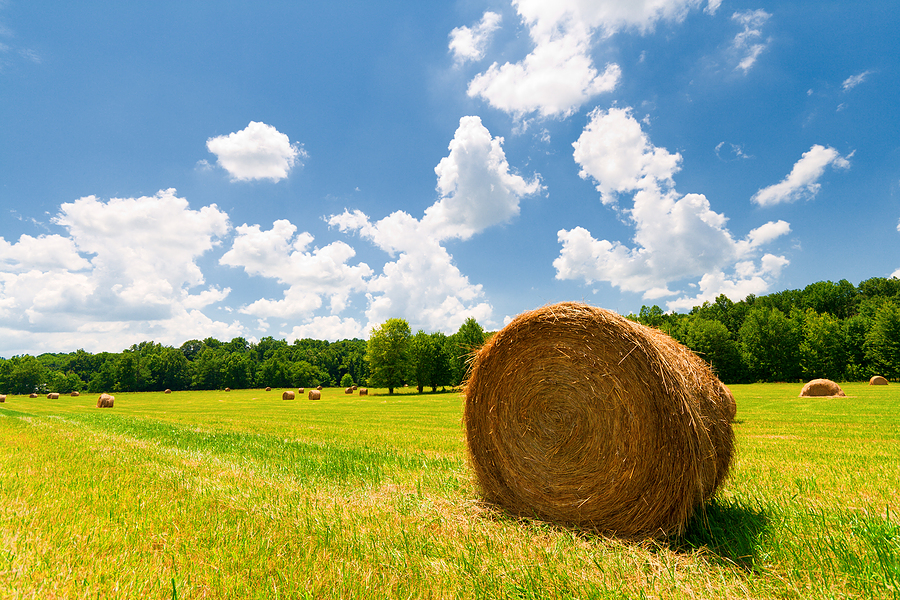
Our cities are facing a growing waste problem. As more and more people leave rural areas for the economic opportunities cities offer, the world increasingly is becoming more urban. Today, more than half of the world’s population lives in urban environments, and this is expected to rise to 60 percent by 2030. Meanwhile, the amount of waste generated by cities is mounting alongside population growth. By 2100, the global urban population will be producing three times as much waste as it does today, according to the World Bank. This could create serious physical and fiscal consequences for cities around the world.
While it’s easy to picture these mountains of waste being built of plastic and paper, the most prevalent form of waste is food. In the United States, people throw out more food than plastic, paper, metal and glass.
And this has major impacts on the climate and society. Food loss and waste annually contribute 3.3 gigagrams of carbon dioxide equivalent — or over twice the total emissions of India. If only a quarter of this lost or wasted food across the world was recovered, it could feed as many as 750 million people, according to the United Nations — a shocking stat when presented in the context of global food insecurity and hunger.
Addressing food waste in cities also could help businesses become more competitive, says The World Bank. With more conscientious management and better logistics systems for food and food waste in supermarkets and restaurants, cities will have businesses with modern operations that are able to engage in corporate social responsibility in a way they have been unable to do before.
Federal help for urban waste reduction
Cities have benefited greatly from federal action for reducing food waste. In 2014, the USDA announced a food waste challenge, and the following year the Obama administration set targets to reduce food waste by 50 percent by 2030. After just a few years both of these initiatives have gained significant traction. The USDA food waste challenge now has over 4,500 participants who have made some sort of commitment to reducing food waste. Late last year, 15 big food companies announced commitments to join that federal goal, including Conagra Brands, General Mills and Kellogg’s. As companies that manage a lot of food, this is major news because they have boldly committed to cutting their food waste in half.
In 2016, Natural Resources Defense Council (NRDC) launched its Save the Food campaign, which aims to provide both inspiration and information to people to waste less food. This national public service media campaign uses television and online ads, as well as billboards and bus ads, to seed a shift in the cultural paradigm of wasting food, and compelling people to not waste food in their own homes. The campaign has been well-received across many different cities — its messages have been on buses in Chicago and waste trucks in California.
Recognizing the central role of cities
When it comes to food waste, cities are front and center in the efforts to cut it. Not only do they often manage waste, but they also are trying to adjust to food insecurity within their borders. And with federal support less likely in the coming years, the time is now for cities to be taking matters into their own hands.
At the most basic level of engagement, cities can set targets in their community, and elevate the profile of the issue by raising awareness. They also can reevaluate their waste policies to make sure that they are as effective as possible — while looking at opportunities for innovation. Some types of municipal waste policies are more effective in trying to encourage residents to reduce waste. Pay-as-you-throw policies, for example, more closely matches your bill with how much you’re throwing away.
Cities also can take the lead on consumer education or provide information to businesses to help them make sure they understand where they can donate food, or put resources into the food rescue system within the city. Meanwhile, it has become more common for cities to roll out curbside collection of organics. Overall, an effective municipal policy for food waste takes a “reduce, reuse, recycle approach” — some to prevent the waste in the first place, some to look at rescuing it and some to look at recycling, which often is composting. Of course, there’s also ample opportunity to leverage the power of microbes to turn food waste into resources.
There’s a lot in store this year for those engaged in the food waste fight, and cities undoubtedly will be in the thick of it.

